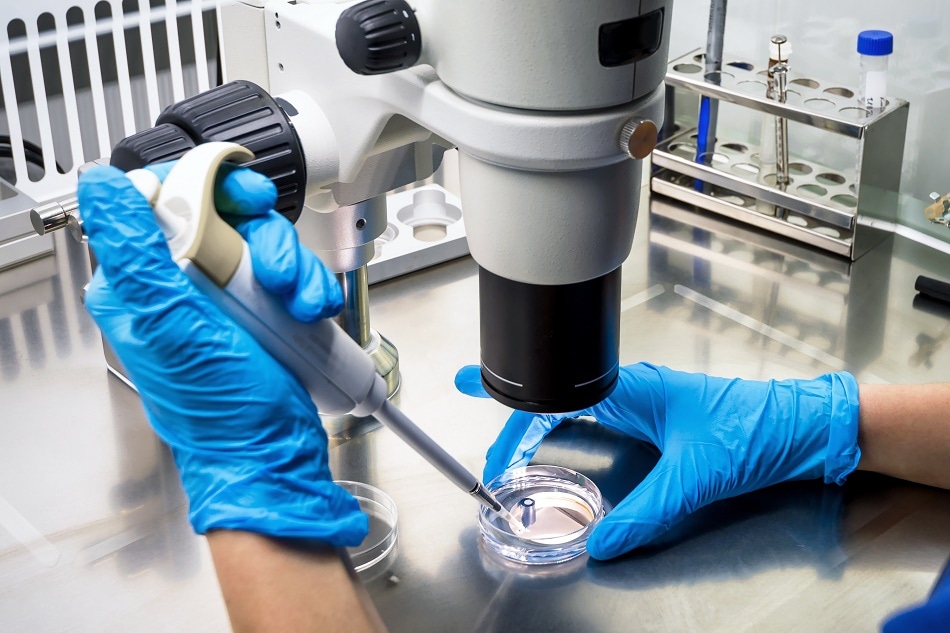
Image credit: Viacheslav Lopatin / Shutterstock.com
Often clinical trials can lead to the failure of a drug which could mean either a few steps backward or in some cases a disappointing end to an extensive research and development phase.
That was not the case for biological molecules that had previously shown potential in cancer treatment but failed in the test phase as researchers at the University of Illinois discovered.
The study conducted by the group, which has been published in the Nature Communications journal, has developed a method of repurposing the molecules for use as organic printable semiconductors. These semiconductors can then be put to use in chemical sensors and transistors. The discovery came about when the researchers were presented with the crisscrossing of two-separate elements of research – printable electronics and pharmaceutical engineering.
"This convergence of my two research areas was totally unexpected," stated, Ying Diao, assistant professor at the University of Illinois’ Chemical and Biomolecular Engineering department and co-author of the study.
While examining these pharmaceutical molecules, we noticed that their molecular structures looked much like the organic semiconductors we were working with in the rest of my group.
Ying Diao, Assistant Professor, University of Illinois
The team hope that the applications for the organic semi-conductors can go beyond utilization in standard electronic systems, as they believe the biological molecules presented in the study could be used in biomedicine as well as in other devices that require connectivity across electrical and biological molecules.
The molecule, which typically inserts itself into DNA to prevent replication and hence the potential for cancer treatment, are flat, stacked with columns of molecular rings which can conduct electricity. Diao said, "These molecules can interact with biological material with high specificity, making them good candidates for use in biosensors."
According to the study these molecular columns are bound together by hydrogen bonds that transport electrical charges from column to column. This process forms bridges that then transform the complete molecular assembly into a semiconductor. In addition to their conductivity, these molecules can be effectively produced as they are easily printable, Diao added, “But they will require new solvents because they are chemically different than other organic semiconductors. The fabrication infrastructure is already in place."
The molecules Diao and the team worked with are known as DNA topoisomerase inhibitors and as previously mentioned they have the attributes needed to be an effective biosensor. However, there were some performance issues throughout the research which led the team to determine more could be done in improving the success of the molecule as a semiconductor. This entire turn of events is not something typically seen and until this study was thought to be rare in occurrence.
However, while new methodologies of production need to be fine-tuned the team also acknowledged that there is much excitement and talk around the possibility of making new discoveries relative to similar molecules. Since the 1970s academic and industrial practices have led to significant advances in the field of organic electronics but can often be costly in research and development phases.
Therefore, going forward Diao aims to approach other researchers developing machine learning systems and AI algorithms that can identify other molecules with similar characteristics to the DNA topoisomerase inhibitors.
This then offers the team an opportunity to find other molecules suitable for use in biosensors as well as offering low-cost solutions as there is already a database to work from.
They (algorithms) can mine the vast pharmaceutical databases available today in search of molecules with similar, or maybe even better semiconducting properties.
Ying Diao, Assistant Professor, University of Illinois
Disclaimer: The views expressed here are those of the author expressed in their private capacity and do not necessarily represent the views of AZoM.com Limited T/A AZoNetwork the owner and operator of this website. This disclaimer forms part of the Terms and conditions of use of this website.